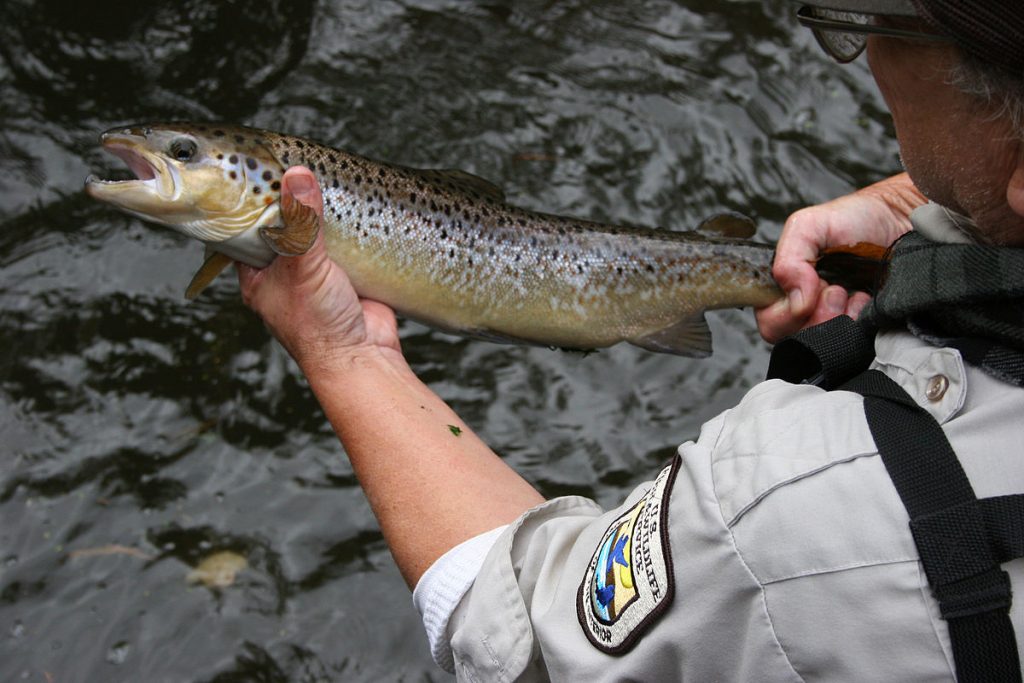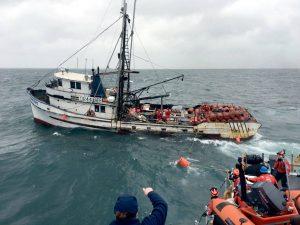Imposter Hijacks $8 Million Fishing Vessel with Crew Aboard
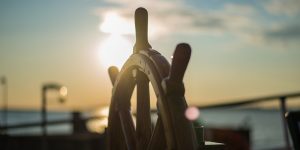 In a highly unusual maritime theft, an imposter successfully took control of an 80-foot commercial fishing vessel in Westport, Washington while the crew was still aboard.
In a highly unusual maritime theft, an imposter successfully took control of an 80-foot commercial fishing vessel in Westport, Washington while the crew was still aboard.
According to the Washington Department of Fish and Wildlife (WDFW) Police, the imposter hijacked the F/V JAMIE MARIE, an $8 million groundfish vessel, and steered it into the Grays Harbor bar before the crew realized something was very wrong.
WDFW Sergeant Alexander, who was on patrol at the time, overheard a radio call about a “vehicle theft” in progress. However, the stolen vehicle in question wasn’t a car or motorcycle, but a full-scale fishing vessel.
 Maritime Injury Law Blog
Maritime Injury Law Blog


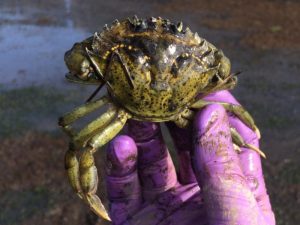
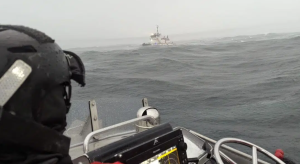
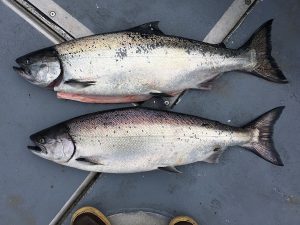
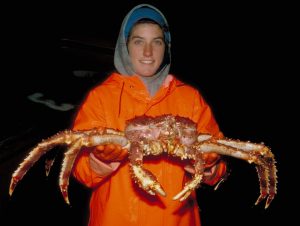
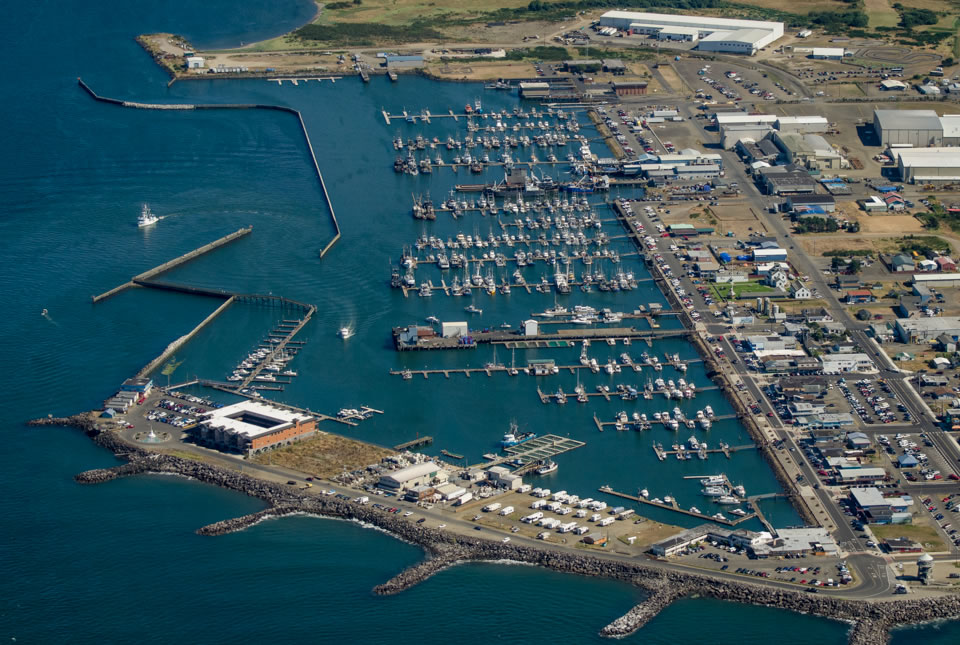 In a recent report published by the National Oceanic and Atmospheric Administration, the Westport Marina in Washington State was ranked 11th for national seafood landings in 2017. More than 250 commercial fishing vessels make use of the marina each year, landing over $64 million in seafood. This equates to roughly 150 million pounds of salmon, crab, hake, and other species each year.
In a recent report published by the National Oceanic and Atmospheric Administration, the Westport Marina in Washington State was ranked 11th for national seafood landings in 2017. More than 250 commercial fishing vessels make use of the marina each year, landing over $64 million in seafood. This equates to roughly 150 million pounds of salmon, crab, hake, and other species each year.